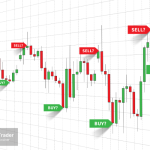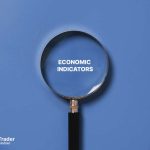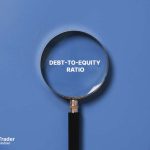[ˈdɪv.ɪ.dend jiːld]
Dividend yield is a financial ratio that indicates the amount of dividends paid out by a company as a percentage of its current stock price.
What is Dividend Yield (DY)?
Dividend yield is a financial metric that shows the percentage of a company's current stock price that is paid out to shareholders as dividends. This ratio is calculated by dividing the annual dividend per share by the current stock price, and it provides investors with an estimate of the income they can expect to receive from their investment in a particular stock. A high DY may be attractive to income-oriented investors, but it's important to consider other factors such as the company's financial health and future prospects when making investment decisions.
Key Takeaways
- Dividend yield is a financial ratio that shows the percentage of a company's current stock price that is paid out to shareholders as dividends.
- Dividend yield is calculated by dividing the annual dividend per share by the current stock price.
- Dividend yield is used by investors as an indicator of the income they can expect to receive from their investment in a particular stock.
- A high DY may be attractive to income-oriented investors, but it's important to consider other factors such as the company's financial health and future prospects when making investment decisions.
- Dividend yield is just one of many metrics investors can use to evaluate a company's financial health and prospects. It's important to consider multiple factors, including earnings growth, debt levels, and industry trends, when making investment decisions.
Example
You own stock in a company that pays an annual dividend of $2 per share, and the stock is currently trading at $50 per share. To calculate the DY, you would divide the annual dividend by the current stock price and then multiply by 100 to get the percentage:
DY = (Annual dividend / Current stock price) x 100%
DY = ($2 / $50) x 100%
DY = 0.04 x 100%
DY = 4%
In this example, the DY is 4%. This means that for every dollar invested in the stock, the investor can expect to receive 4 cents in dividends per year. The DY can vary over time based on changes in the stock price or changes in the amount of the dividend paid by the company.
Back to Glossary.






